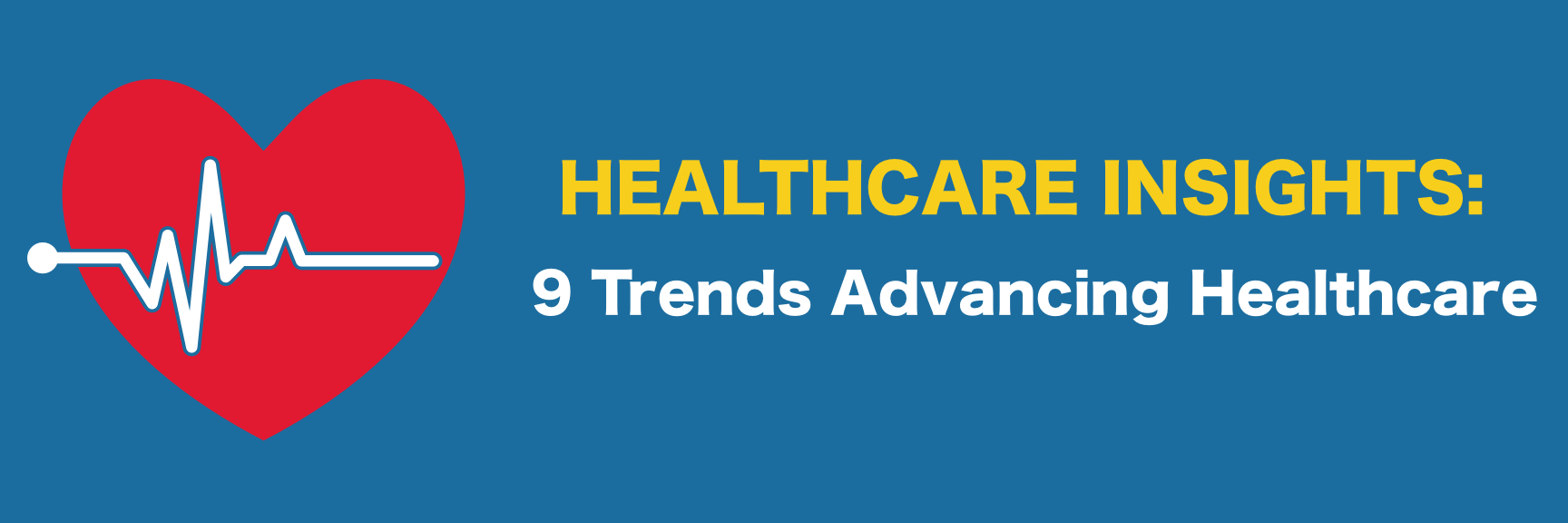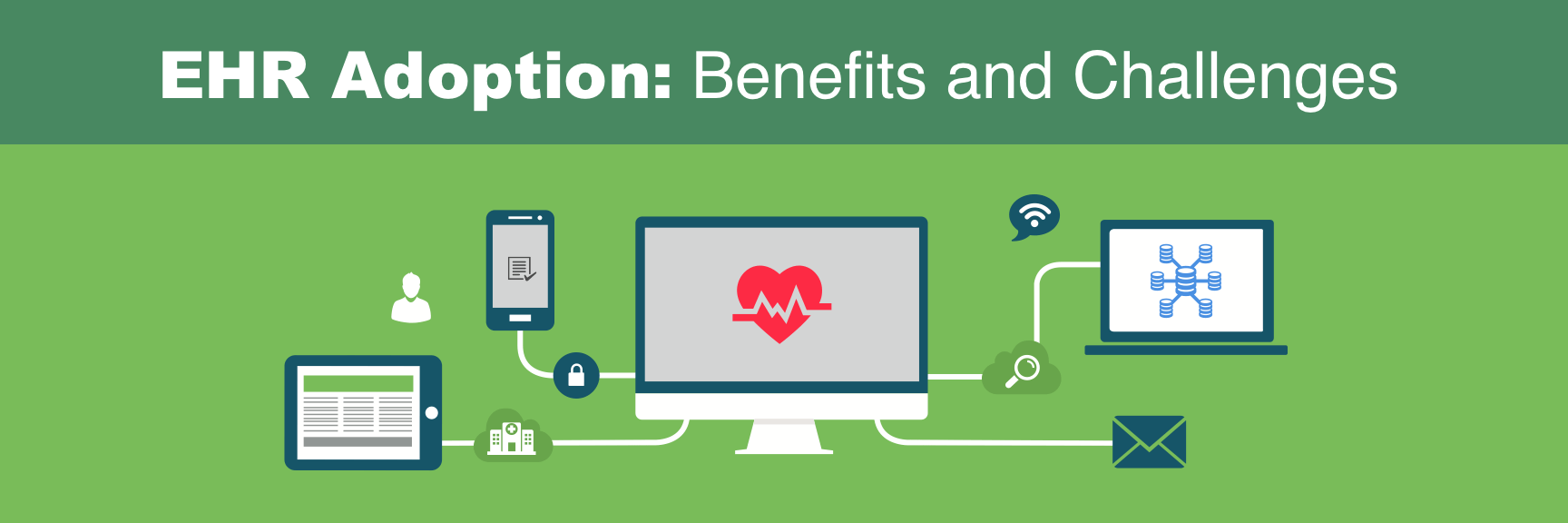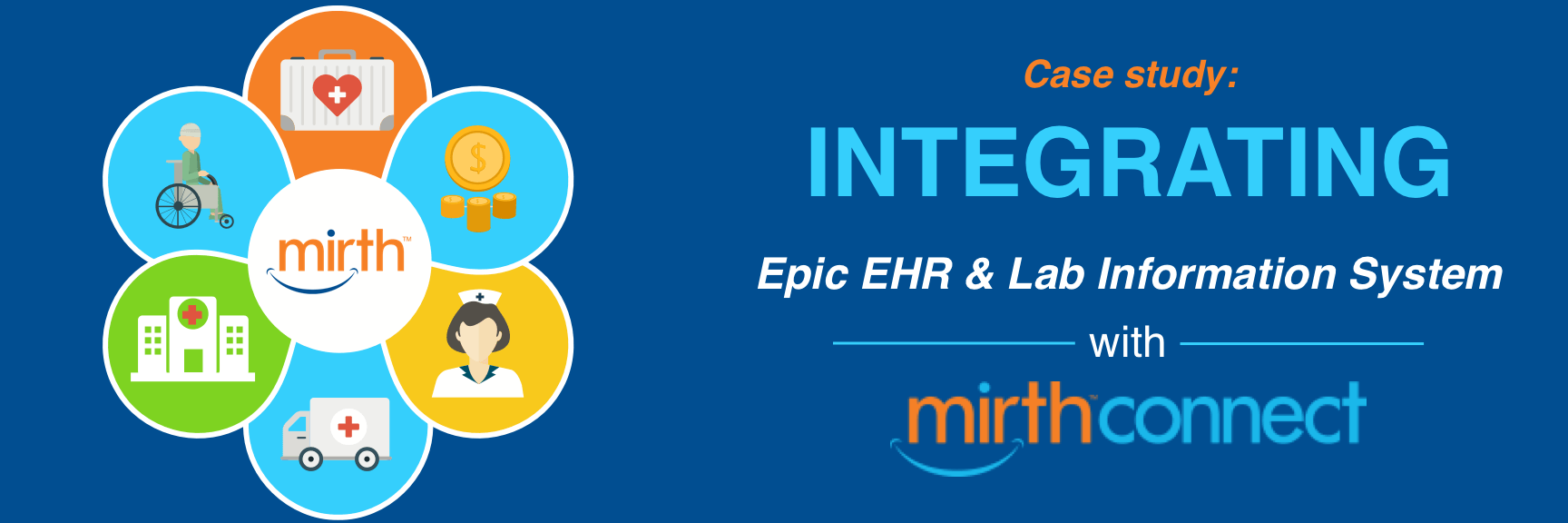Digital Health has grown by leaps and bounds in the last few years. It appears that technology will continue to play a significant role in healthcare. Whether its wearables, apps, digital diagnostics and imaging or health data, information technology will be a big force in health management. mHealth, eHealth, telehealth, digital health, health informatics – whatever you call it, it is a driver for more effective and more efficient healthcare solutions.

As of 2013, the global digital health market was valued at $60 billion. It is estimated that this number will increase fourfold by 2020 with mobile health and telehealth having the biggest impact on this growth. Funding in digital health technology was $5.8 billion in 2015. 2016 is expected to see increased funding in digital health technologies such as health wearables, EHR, healthcare software, digital therapeutics and so on.
Some of the major healthcare trends to be on the lookout for include:
 Data analytics
Data analytics
Significant emphasis is being placed today on the importance of recording and collecting patient data. However, the focus is more on collecting rather than utilization of this data. In future, focus on data analytics is likely to improve. Electronic health records will not just be recorded and shared among the healthcare system but clinicians and healthcare providers will become trained in making sense of that data and using it to improve clinical decision making. IBM, Oracle, Informatica and dbMotion are already working towards developing analytics system for healthcare.
 Population Health Management
Population Health Management
Healthcare professionals will eventually improve their expertise in population health management (PHM) the goal of which would be to improve the health outcomes of a specific patient population. PHM programs will use business intelligence tools to aggregate patient data to develop a comprehensive clinical picture of each patient and to improve clinical outcomes and reduce costs. The most effective way to succeed at PHM would be by taking all three elements together – clinical, financial and operational data with the ultimate goal of reducing emergency room visits, inpatient days, surgical procedures and high-cost procedures.
 The Care Continuum
The Care Continuum
Population Health Management is incomplete without the Care Continuum. This means promoting wellness and disease management and coordination among primary care clinicians in care delivery. It also includes motivating patients to take a more active role in their own care. Application of this concept will only be possible through the use of health information technology.
 Cloud Solutions
Cloud Solutions
With care continuum and population care management the new buzz words in healthcare, the face of primary care is transforming. Focus is gradually shifting from individual physician practices to care teams comprising of physicians, nurses and ancillary staff. The goal is to transition to a value-based care model and this can only be achieved if the healthcare system has the ability to capture, access and analyze the huge amount of healthcare data. Cloud solutions are thus the answer as they can ensure healthcare practitioners around the globe have access to data anywhere, anytime and on any device. The future will no doubt see a rapid application of cloud-based approaches to health IT.
 Patient-Centered Devices
Patient-Centered Devices
Trends suggest that more and more devices and apps will be developed that are more patient-centered. In other words, patients will have greater access to simpler apps and services that will enable them to better monitor themselves. The goal would be to improve home monitoring and develop patient-focused gadgets, gaming techniques, electronic messaging and use of social media to replace traditional doctor visits.
 Telemedicine
Telemedicine
While the use of telemedicine dates back to the 1960s, it is only in the recent years that its use has widely expanded in healthcare. Now, telemedicine is an integral part of medical fields such as dermatology, cardiology and behavioral health. Telemedicine can significantly reduce the cost of treating patients, especially those that suffer from conditions such as hypertension, diabetes and sleep apnea. Additionally, telemedicine has advanced to provide virtual services such as physical therapy through the use of technology. Such therapy would be delivered through touchscreen 3D and patients would have the flexibility to customize their trainer, duration, background and music. They could even have a virtual trainer delivering them instructions.
 Enhanced Patient Adherence
Enhanced Patient Adherence
Studies show that 20 to 30 percent of medication prescriptions are never filled and nearly 50 percent of medications for chronic diseases are not taken as prescribed. Non-adherence is believed to cost the healthcare system nearly $100 billion annually. mHealth could be one strategy for dealing with this problem since it has the potential to deliver health behavior interventions to a wide segment. These interventions could include reminders, wireless pillboxes, text messaging etc.
 Advancements in Imaging technology
Advancements in Imaging technology
Imaging is a critical tool used to diagnose critical diseases. Imaging will continue to play an important role in healthcare and trends suggest that these tools will become more advanced. They will become smaller in size, inexpensive and would have the ability to provide deeper scans to healthcare providers. The future could see a revolution in diagnostic and therapeutic imaging.
 Artificial Intelligence
Artificial Intelligence
This is a new area of research that combines representational and computing techniques and provides physicians with tools that could potentially improve healthcare. Artificial Intelligence could be used to replace traditional physician activities such as taking down patient history, notes, physical findings, and laboratory data. AI could even help in improved diagnosis and possible treatment options.
The above discussion clearly demonstrates the direction healthcare will eventually take in the years to come and how important a role Health IT is likely to play on this path. Data analysis, cloud solutions and virtual consultation and treatments are some of the things healthcare will see not so far off into the future.




